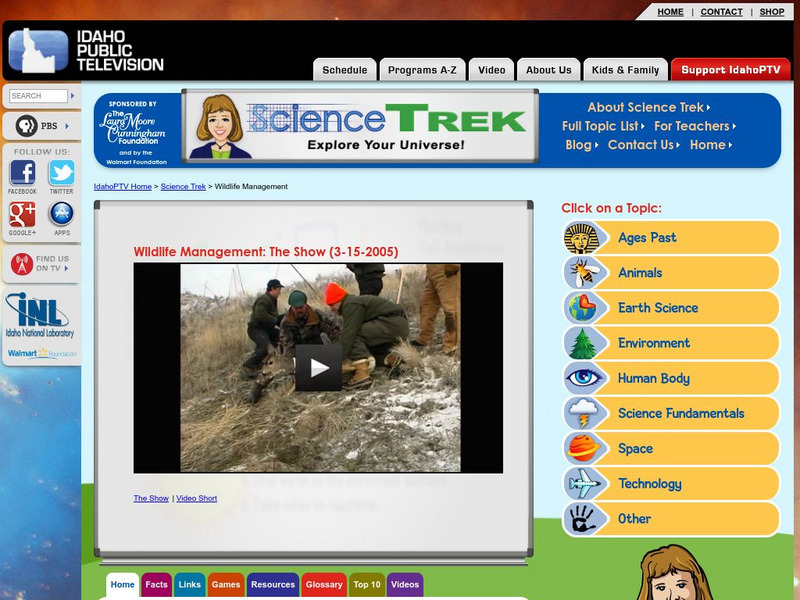Curated OER
Carrying Capacity
Young biologists identify how plants and animals are affected by changes in their ecosystem and environment. The concepts of succession, maintenance of habitats, interrelationships, and adaptation are all discussed. This well-developed...
Curated OER
How Many Penguins Does It Take? Studying Carrying Capacity and Limiting Factors
How does a population's habitat determine the size of that population? Teach learners about carrying capacity and limiting factors with an engaging roleplay activity. Class members pose as a colony of penguins who must gather food amidst...
Curated OER
Population Ecology
A complete study of population ecology is covered by this worksheet. Biology or ecology learners answer questions and interpret population graphs. This can be used as the intended guided notes worksheet or assigned as homework.
Curated OER
Is There Room for Everybody?
Third graders examine the capacity of animals able to live in one habitat. In this habitat lesson, 3rd graders play a game that shows the food chain and the interactions between animals in an area. Students discover that food is a major...
Curated OER
Interactions Among Living Organisms
In this animal population worksheet, students will complete 8 short answer questions based on population density, including limiting factors and carrying capacity.
Curated OER
Sample Midyear Examination (Chemistry and Biology)
A 12-page midterm exam sample can be given to young scientists in preparation for an exam. This particular installment is geared toward a class that delves into both ecology and chemistry concepts. There is no way to separate the 50...
Curated OER
A Piece of Cake: Ocean Communities
Students explain habitats. For this model based lesson students create a model to help describe a habitat that is typical of deep-water. Students will describe how organisms such as coral and sponges add to their habitat.
Curated OER
Maintaining Strong Fisheries
Learners play a game about the life cycle of a blue crab in order to witness the causes of changes in the crab population and discuss what a resource manager could do to keep a stable crab population. Students then create a game titled...
Curated OER
A Habitat Is Home
Students are introduced to the concept and components of a habitat. They discuss the key components of a habitat and describe how certain factors can cause disturbances in a habitat and change its population. Activities are leveled...
Curated OER
White-tailed Deer: Beauty or Beast?
High schoolers use study guides and videos to discuss the positive and negative impacts of white-tailed deer populations. In this wildlife management lesson, students view slides and discuss the natural history and value of deer as a...
Curated OER
Making Connections, Linking Population and the Environment
Learners find out that all habitats have a carrying capacity. They explore how the world's human population has grown markedly in the 20th century, and that humans impact environmental health. Students investigate that people can and...
Curated OER
Habitat Is Home
Young scholars are introduced to the concept and components of a habitat. They discuss the key components of a habitat and describe how certain factors can cause disturbances in a habitat and change its population. Activities are leveled...
Curated OER
Too Many Otters
Second graders investigate the habitat of otters. In this animal science lesson, 2nd graders role play the job of wildlife biologists and try to manage the otter population. Students use a map to track their specific otter population.
Curated OER
Game Management
Many factors that lead to conserving wildlife are covered on these slides. The meanings and definitions are clear, and the specific topics covered are relevant and complete. This slideshow would be very useful to include in a science,...
Curated OER
The Gulf of Maine
Learners examine the effect of limiting factors, especially when it comes to human beings. They examine data from the Gulf of Maine area.
Curated OER
What If We Run Out?
Students explore the consequences of shrinking habitats and the human impact on wildlife populations. They participate in a game to study the consequences and describe the preservation of animal habitats.
Curated OER
Google Earth on the Range
Eighth graders use Google Earth to study the landscape of Utah. In this Utah landscape lesson, 8th graders view landscape photos and work in partners to analyze the pictures. Students write a paragraph that describes the landscape and...
Curated OER
Overpopulation
Students examine population growth and how it impacts our environment. In this population lesson students identify the causes and consequences of overpopulation.
Curated OER
An Interdisciplinary Deer and Human Population Study
Students answer the question, "What environmental problems arise due to animal and human overpopulation and what might need to be done to combat these problems?" They play games, graph data and write proposals about the question.
Curated OER
An Elephant Never Forgets
Students are introduced to the Addo Elephant National Park in South Africa. In this natural science lesson plan, students identify the elephants by name according to the diagrams. Students study the unique characteristics of the...
Curated OER
A Coastal Arctic Food Web
Students create a food web of the arctic ecosystem. In this biology lesson, students explain how global warming affects this ecosystem. They explain how losing a species affects the entire community.
Other
Clemson Cooperative Extension: The Basics of Population Dynamics [Pdf]
Students learn the many ecological factors that affect the carrying capacity for populations of wild species.
PBS
Idaho Ptv: Dialogue for Kids: Wildlife Management
A collection of facts and links for learning about wildlife management. The facts cover what wildlife management is, the job of a wildlife manager, biodiversity, predators and prey, land capacity, habitat, and endangered animals. Other...
TED Talks
Ted: Ted Ed: The Earth Is Full
Have we used up all our resources? Have we filled up all the livable space on Earth? Paul Gilding suggests we have, and the possibility of devastating consequences, in a talk that's equal parts terrifying and, oddly, hopeful. [16:47]





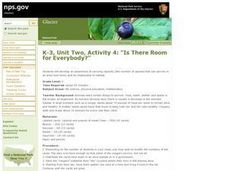
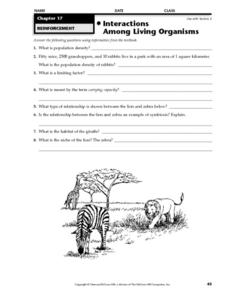







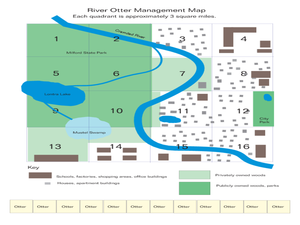
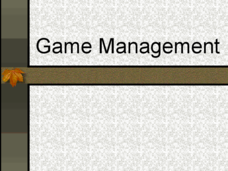


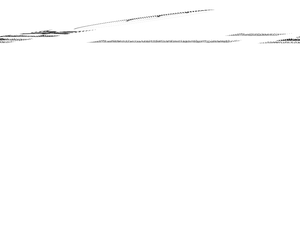




![Clemson Cooperative Extension: The Basics of Population Dynamics [Pdf] Handout Clemson Cooperative Extension: The Basics of Population Dynamics [Pdf] Handout](http://content.lessonplanet.com/resources/thumbnails/410022/large/bwluav9tywdpy2symdiwmduymc0yntu1ms1wzw1pdgeuanbn.jpg?1589984835)
